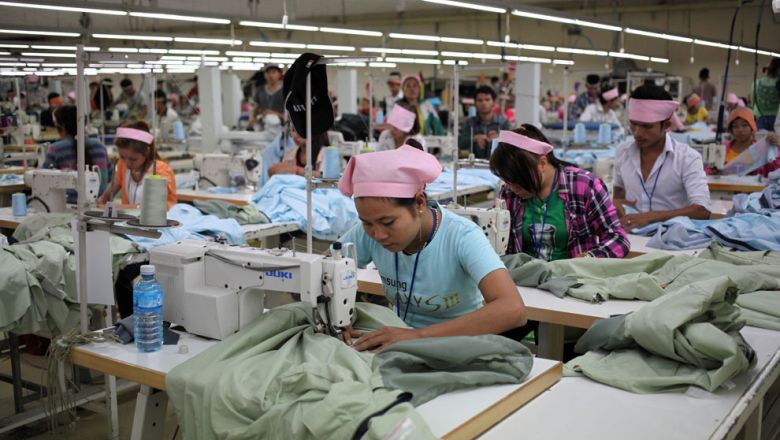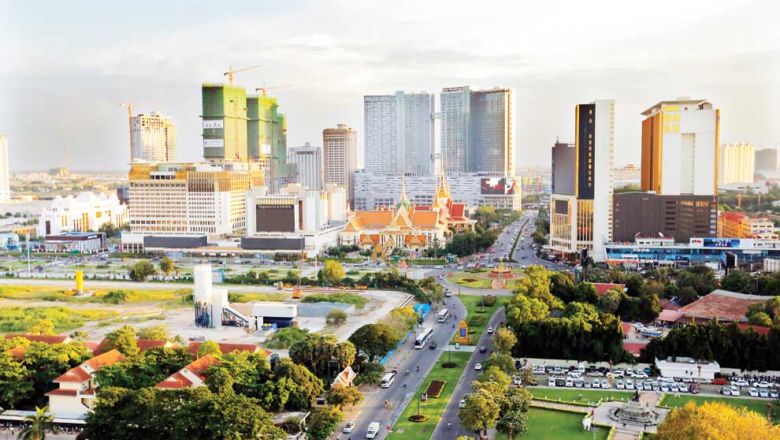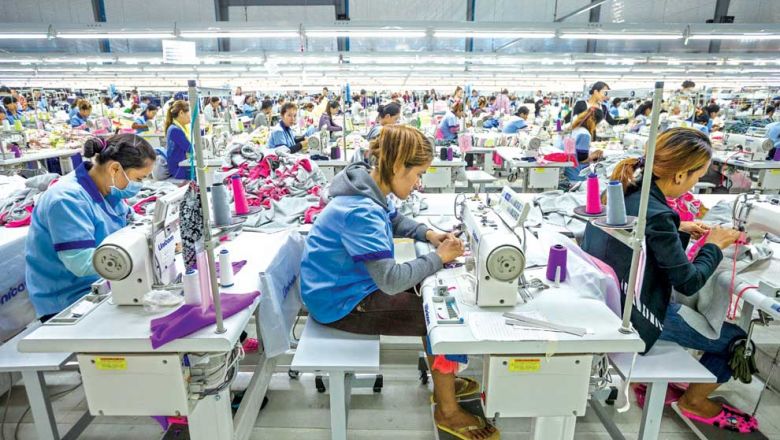Trade deficit grows once more
Trade deficit grows once more
Cambodia’s trade deficit with the rest of the world continued to widen last year to $5.2 billion, as the Kingdom’s imports outstripped its exports once again, a National Bank of Cambodia (NBC) report released on Saturday said.

The NBC figures revealed that the Kingdom imported $18.8 billion worth of goods last year while it exported only $13.6 billion. The central bank’s figures showed that the year-on-year growth rate of import value was 21.3 per cent last year, while exports were 21 per cent.
“The increasing demand for goods such as construction materials, vehicles, food-related goods, as well as the increasing price of imported oil and more demand for raw materials for the manufacturing sector, are the main factors accelerating imports,” NBC said in its report.
Cambodia’s trade deficit last year amounted to $5.2 billion – a 22 per cent increase on $4.27 billion in 2017 said the report. The Kingdom’s trade deficit in 2015 and 2016 amounted to $3.94 billion and $3.84 billion respectively.
Business Research Institute for Cambodia (BRIC) chief economist Hiroshi Suzuki said it is common for developing countries like Cambodia to see a trade deficit increase during high growth stages because to maintain high growth it is necessary to import new equipment and raw materials for production.
Suzuki said that Japan saw the same situation during its high growth period between the 1950s and 1960s.
He said that the Cambodian trade account deficit has been completely offset by the surplus of service accounts – mainly in tourism – official development assistance (ODA) and foreign direct investment (FDI).
The overall balance of payments, he said, has enjoyed a surplus for many years and foreign currency reserves stand at around $10 billion as of December last year – enough to cover import costs for about six months.
“So, in the meantime, this kind of deficit in trade accounts is not regarded as a serious hindrance or risk for the Cambodian economy,” he said.
To continue with sound long-term economic growth, he said it is necessary for the Kingdom to continue its export efforts, mainly by strengthening competitiveness and diversifying industries and export destinations.
“It is expected [that the Kingdom will] continue to strive to invite more tourists and attract much more FDI by improving the business environment,” said Suzuki.
According to NBC records, the EU is the biggest market for Cambodia with 29 per cent of the Kingdom’s total exports sold there last year. The US is Cambodia’s second largest export destination with 24 per cent), followed by the UK (nine) and Japan (eight).
Cambodia imports mostly from China – accounting for 40 per cent of total imports last year. Thailand is second with 15.5 per cent, Vietnam third (11.7) and Japan fourth (four).
Cambodia Chamber of Commerce vice-president Lim Heng on Monday said the growth of export-oriented manufacturers and the construction sector has driven demand for raw materials and foreign semi-finished products to support production as local supply is lacking.
He said it is normal for developing countries to have an import value higher than export value, and he hopes the gap will be narrowed in the future when agricultural production and the mining sector develops.
“We are in the developing stage, so we have a big demand for materials, machinery and equipment to support the growth of many types of production.
“Countries like Thailand and Vietnam used to have trade deficits when they were at the early growing stage and then gradually narrowed the gap when their local production grew stronger,” he said.
















